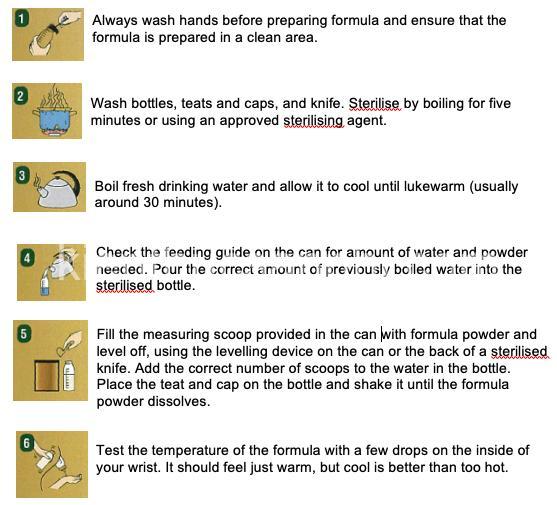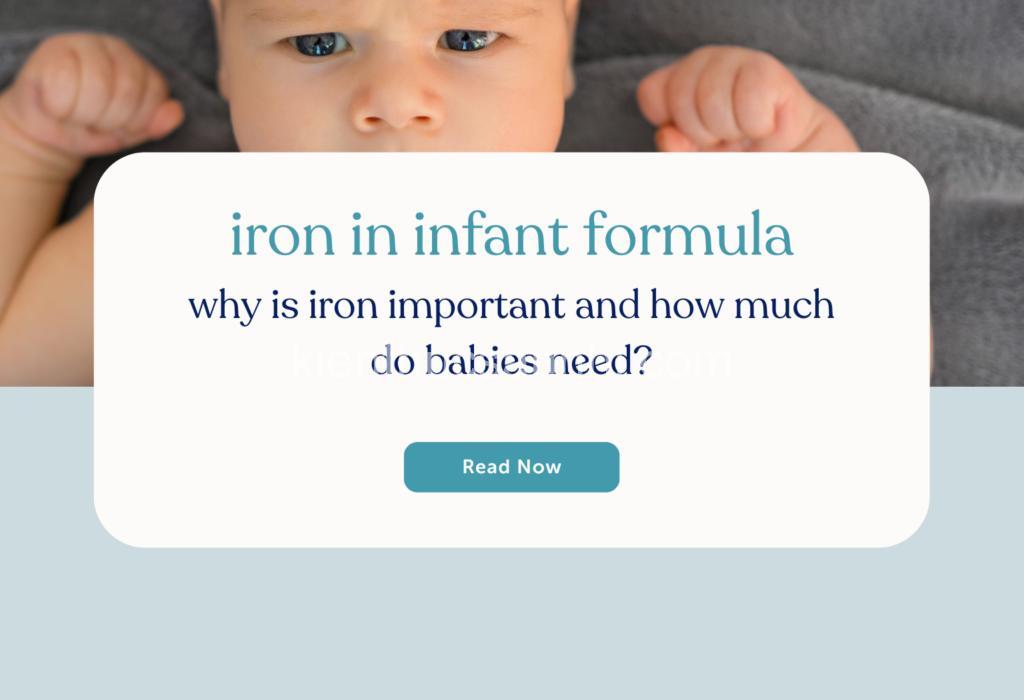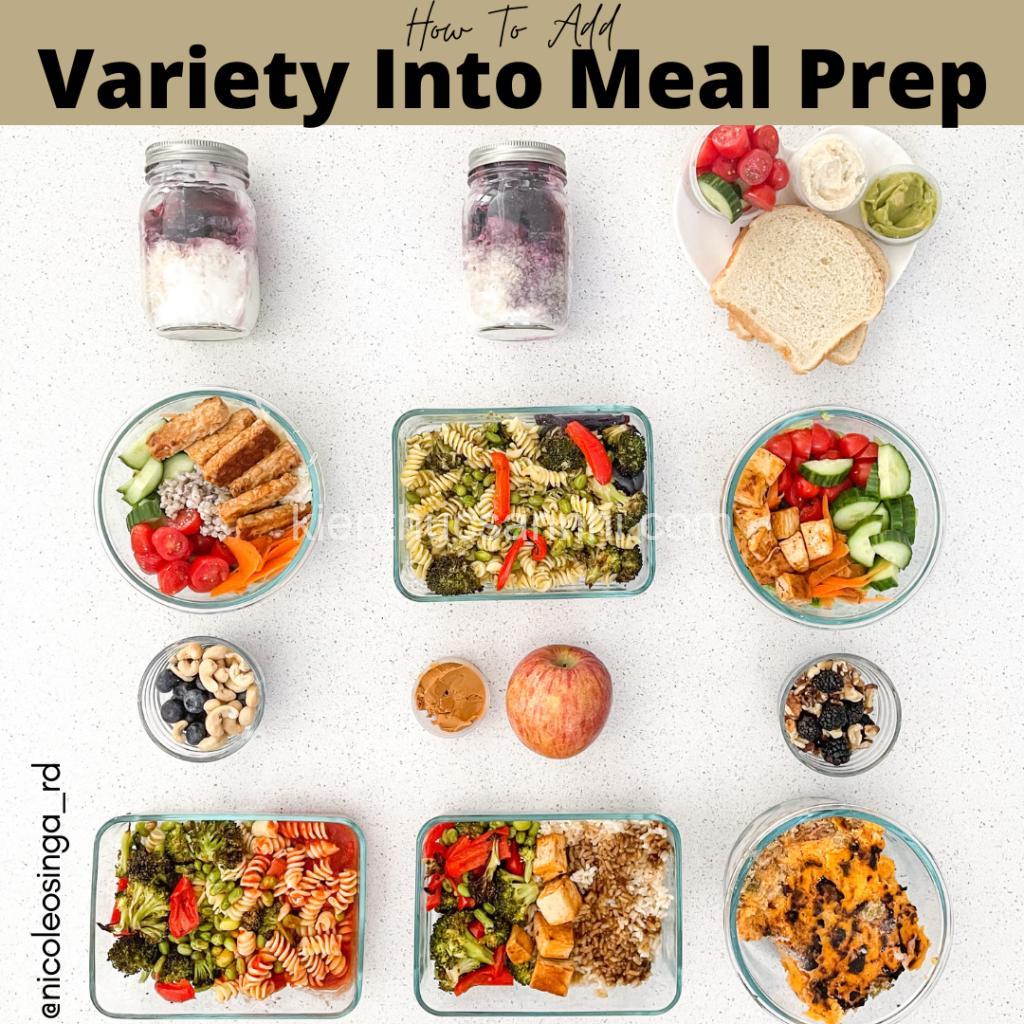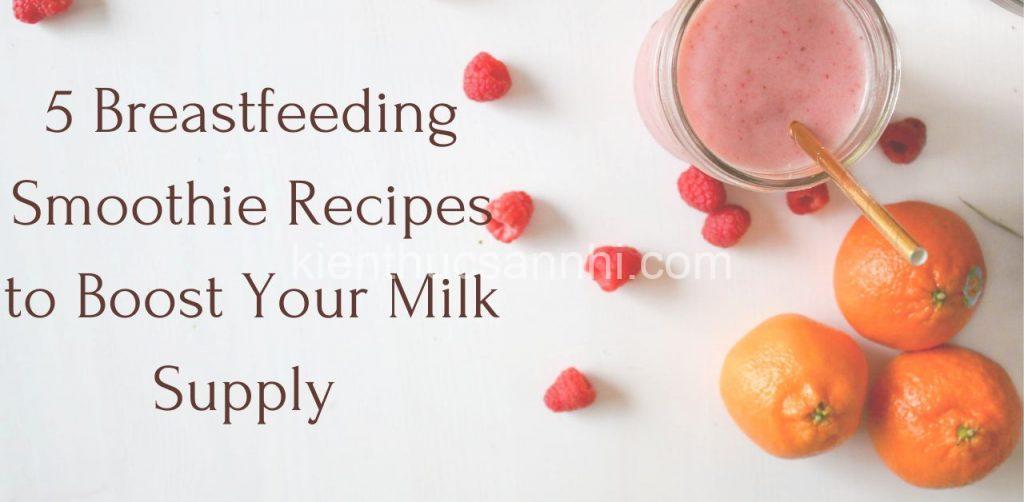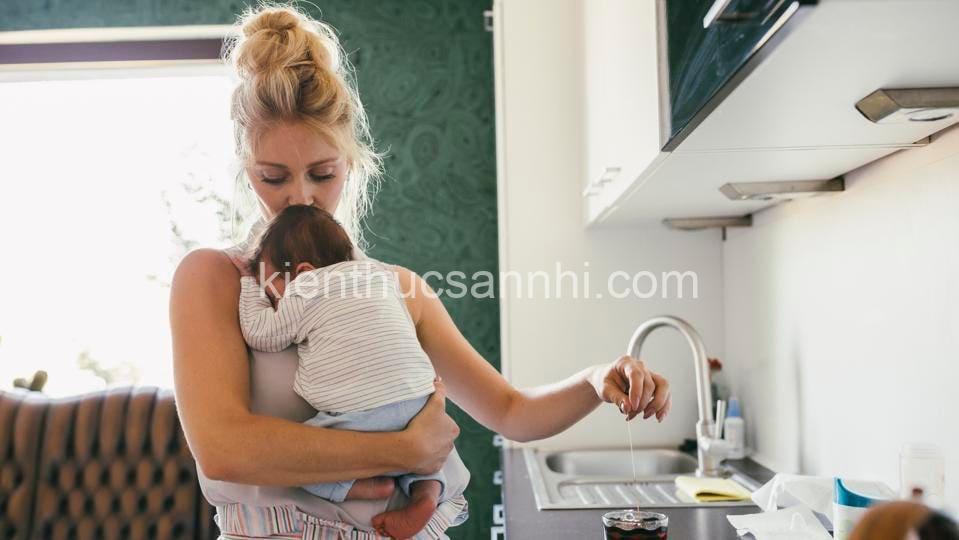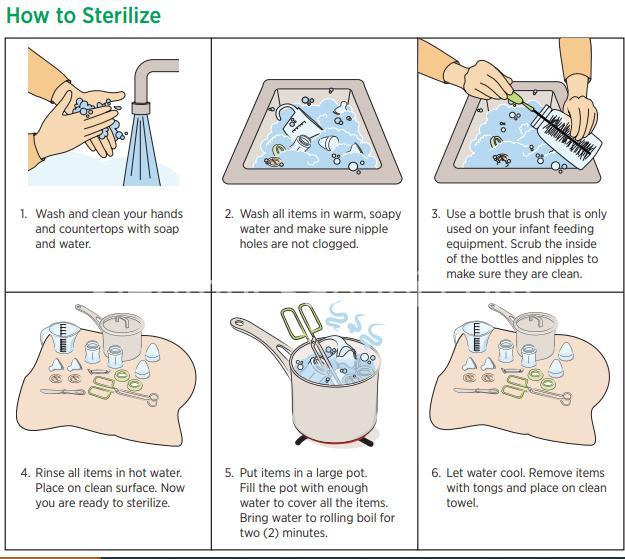
Cleaning & Maintaining Formula Feeding Equipment: A Guide for Parents. In today’s article, kienthucsannhi.com will explore with you in the most detailed and complete way. See now!
Essential Cleaning Steps for Formula Feeding Equipment
Feeding your baby formula is a big responsibility, and it’s important to make sure you’re doing it safely. A big part of that is keeping your formula feeding equipment clean. That means cleaning it properly after every use and sterilizing it regularly. Don’t worry, it’s not as complicated as it sounds. Let’s break it down step by step.

Washing
The first step is washing your formula feeding equipment. You should always wash your equipment with hot, soapy water. This will help to remove any milk residue or other particles. Use a bottle brush to scrub the inside of bottles and nipples. Make sure to clean all parts thoroughly, including the valves of nipples. These can be tricky to reach but are important to clean because bacteria can grow there.
Rinsing
Once you’ve washed your equipment, you need to rinse it with clean water. This will remove any soap residue or other particles. Again, use a bottle brush to reach hard-to-clean areas.
Sterilization
Sterilization is the process of killing any bacteria or germs that may be on your formula feeding equipment. There are a few different methods of sterilization. You can choose the method that best suits your needs and lifestyle.
- Boiling: This is a simple and effective method of sterilization. You can boil your equipment in a pot of water for 5 minutes.
- Steam Sterilizer: This method uses steam to sterilize your equipment. It’s a good option if you don’t want to boil your equipment. You can find steam sterilizers at most baby stores.
- Microwave Sterilizer: This is a quick and easy way to sterilize your equipment. You simply place your equipment in the sterilizer and run it in the microwave.
- Dishwasher: You can use a dishwasher to sterilize your equipment, but make sure to use a dishwasher-safe sterilizing cycle.
- Cold-Water Sterilizer: This method uses a solution of water and a sterilizing tablet or liquid to sterilize your equipment. It’s a good option if you don’t want to heat your equipment.
Drying
The final step is drying your formula feeding equipment. It’s important to dry your equipment completely because bacteria can grow in damp environments. You can air dry your equipment on a drying rack or use a clean dishcloth to dry it.
Maintaining Your Formula Feeding Equipment for Safety and Health
Now that you know how to clean your formula feeding equipment, let’s talk about maintenance. This means cleaning and sterilizing your equipment regularly to keep it safe and healthy for your baby.
Frequency of Cleaning and Sterilization
You should clean your formula feeding equipment after every use. You should also sterilize your equipment regularly, at least once a day or once a week. Always check the manufacturer’s recommendations for your specific equipment.
Storing Your Clean Equipment
When you’re not using your formula feeding equipment, store it in a dry and dust-free environment. This will help to prevent bacteria from growing on the equipment. You should store nipples and valves separately from other parts to avoid contamination.
Inspecting for Damage
Regularly inspect your formula feeding equipment for cracks, scratches, or wear and tear. Damaged equipment can harbor bacteria and should be replaced promptly.
Replacing Equipment Regularly
You should replace nipples and bottles regularly, ideally every 3 months. This is because they can become worn out or damaged over time. You can also replace them earlier if you notice any cracks or scratches.
Additional Considerations for Formula Feeding Equipment Cleaning
There are a few other factors to consider when cleaning your formula feeding equipment.
Water Hardness and Its Impact on Cleaning
Hard water can leave mineral deposits on your formula feeding equipment. This can make it difficult to clean. You can use a water softener to reduce the hardness of your water. You can also soak your equipment in a solution of vinegar and water to remove mineral deposits.
Formula Types and Manufacturer Recommendations
Always check the formula manufacturer’s recommendations for cleaning and sterilization. Some formulas may require specific cleaning methods.
Ensuring Hygiene and Safety
Always wash your hands thoroughly with soap and water before handling formula feeding equipment. This will help to prevent the spread of germs. Also, make sure to keep your equipment clean and sanitized to prevent bacteria from growing.
Choosing the Right Formula Feeding Equipment
You can find a wide variety of formula feeding equipment on the market. It’s important to choose equipment that’s safe, durable, and easy to clean. Here’s a brief guide to choosing the right equipment.
Bottles
There are two main types of bottles: glass and plastic. Glass bottles are durable and easy to clean. They are also less likely to leach chemicals into your formula. Plastic bottles are lightweight and unbreakable, making them a good option for traveling. When choosing a bottle, consider the size, shape, and material.
Nipples
Nipples come in a variety of sizes and flow rates. You should choose nipples that are appropriate for your baby’s age and sucking ability. You can find nipples made of silicone or latex. Silicone nipples are generally more durable and less likely to be affected by bacteria. Latex nipples are softer and more flexible. Again, when choosing a nipple, consider the flow rate, shape, and material.
Sterilizers
As mentioned earlier, there are different types of sterilizers available. You can choose the type that best suits your needs and lifestyle. Make sure to choose a sterilizer that’s large enough to accommodate your formula feeding equipment.
Common Questions About Formula Feeding Equipment Cleaning
What is the best way to sterilize bottles?
The best way to sterilize bottles is to boil them in a pot of water for 5 minutes. You can also use a steam sterilizer, microwave sterilizer, or dishwasher. Always follow the manufacturer’s instructions for your specific equipment.
How often should I replace my bottles and nipples?
You should replace bottles and nipples every 3 months. You can replace them earlier if you notice any cracks or scratches.
Can I use dish soap to clean formula bottles?
You can use dish soap to clean formula bottles, but make sure to use a mild dish soap that is free of dyes and fragrances.
Is it safe to use a dishwasher to sterilize bottles?
You can use a dishwasher to sterilize bottles, but make sure to use a dishwasher-safe sterilizing cycle.
What if my baby shows signs of illness after using formula bottles?
If your baby shows signs of illness after using formula bottles, it’s important to consult with your pediatrician. They will be able to determine if the illness is related to the bottles.
Conclusion
Cleaning and maintaining your formula feeding equipment is essential for your baby’s health. By following these simple steps, you can help to ensure that your baby is getting safe and healthy nutrition. If you have any questions or concerns, please feel free to leave a comment below. You can also visit my website, kienthucsannhi.com, to read more about animal care. Share this article with your friends and family to help them keep their little ones safe and healthy.
EAVs:
- Bottle – Material – Glass, Plastic
- Bottle – Size – 4oz, 8oz, 10oz
- Nipple – Flow Rate – Slow, Medium, Fast
- Nipple – Material – Silicone, Latex
- Sterilizer – Type – Steam, Microwave, Cold-Water
- Sterilizer – Capacity – Number of Bottles
- Cleaning Method – Technique – Handwashing, Dishwasher
- Cleaning Method – Frequency – Daily, Weekly
- Maintenance – Inspection – Cracks, Scratches
- Maintenance – Replacement – Nipples, Bottles
- Formula – Type – Powder, Ready-to-Feed
- Formula – Brand – Similac, Enfamil, Gerber
- Infant – Age – Newborn, Toddler
- Infant – Health – Premature, Healthy
- Water – Hardness – Hard, Soft
- Water – Temperature – Hot, Cold
- Soap – Type – Dish soap, Baby soap
- Bacteria – Type – E. coli, Salmonella
- Safety – Risk – Bacterial Contamination
- Safety – Guideline – Handwashing
ERE:
- Bottle – Made of – Material
- Nipple – Flows at – Flow Rate
- Sterilizer – Uses – Sterilization Method
- Cleaning Method – Involves – Technique
- Maintenance – Requires – Inspection
- Formula – Made by – Brand
- Infant – Has – Health Status
- Water – Contains – Hardness
- Soap – Used for – Cleaning
- Bacteria – Causes – Contamination
- Safety – Related to – Hygiene
- Bottle – Holds – Formula
- Nipple – Fits on – Bottle
- Sterilizer – Cleans – Equipment
- Cleaning Method – Eliminates – Bacteria
- Maintenance – Ensures – Safety
- Formula – Nourishes – Infant
- Infant – Requires – Feeding
- Water – Used for – Rinsing
- Soap – Removes – Dirt
Semantic Triples:
- Bottle – is made of – Plastic
- Nipple – has a flow rate of – Slow
- Sterilizer – uses – Steam
- Cleaning Method – involves – Handwashing
- Maintenance – requires – Inspection for cracks
- Formula – is made by – Similac
- Infant – has a health status of – Healthy
- Water – contains – Hard water
- Soap – is used for – Washing bottles
- Bacteria – causes – Food poisoning
- Safety – is related to – Proper cleaning
- Bottle – holds – Formula
- Nipple – fits on – Bottle
- Sterilizer – cleans – Bottles and Nipples
- Cleaning Method – eliminates – Bacteria and germs
- Maintenance – ensures – Safety for the infant
- Formula – nourishes – Infant
- Infant – requires – Formula feeding
- Water – is used for – Rinsing equipment
- Soap – removes – Dirt and residue
